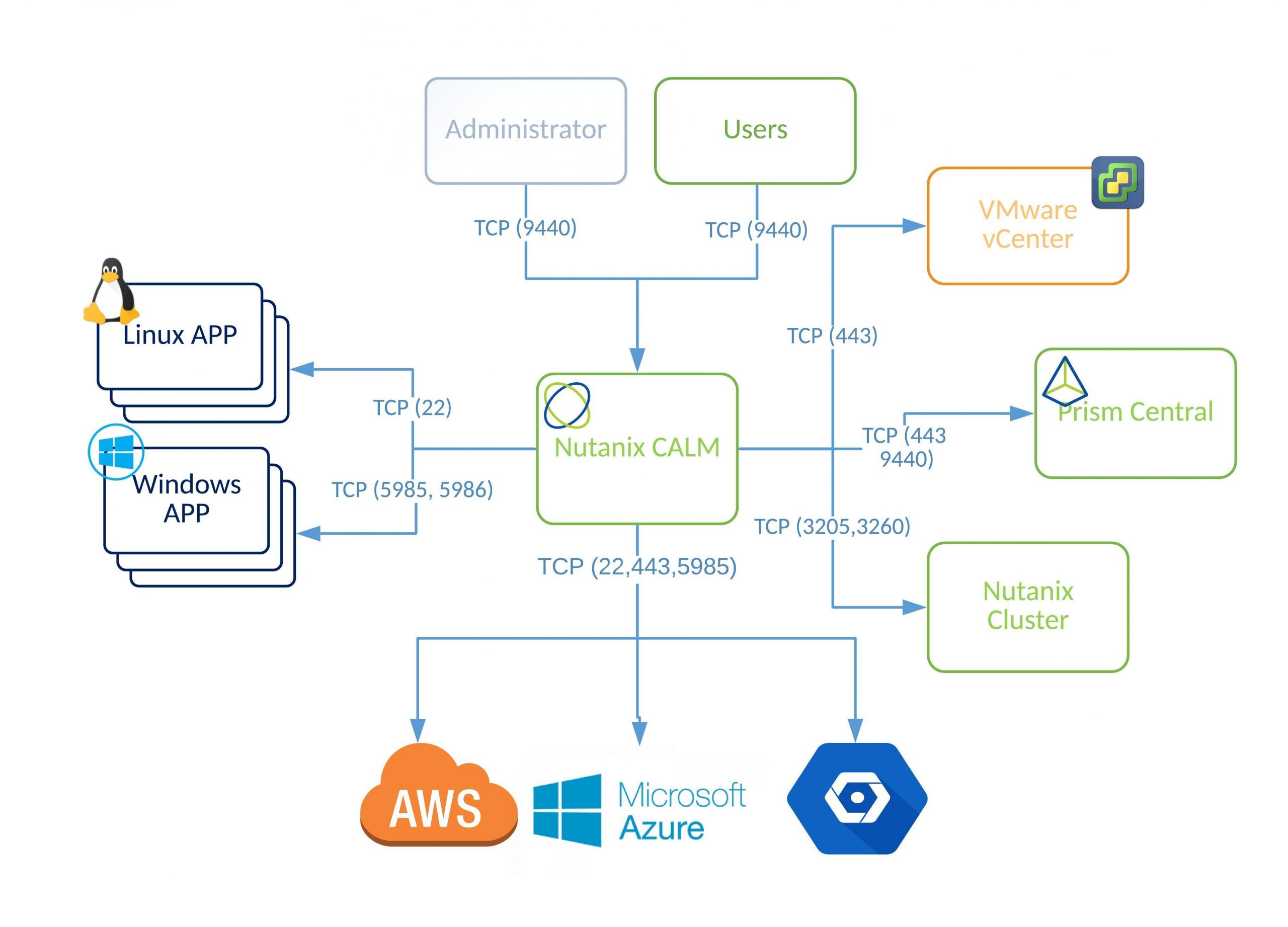I’ve been looking for PowerCLI script which would help me to pull performance data for VM’s from vCenter server. I found them googling through vmware communities, source at the bottom of the page.
First script pulls from vCenter – VM performance counters and export to CSV file.
- cpu Maximum
- cpu Average
- cpu Minimum
- mem Maximum
- mem Average
- mem Minimum
add-pssnapin VMware.VimAutomation.Core
Connect-VIServer -Server vcetner server IP or FQDN name
$allvms = @()
$vms = Get-Vm
#on below entry one can specify start and finish time period by use AddHours or AddDays
$stats = Get-Stat -Entity $vms -start (get-date).AddHours(-168) -Finish (Get-Date).AddHours(-159) -MaxSamples 10000 -stat "cpu.usage.average","mem.usage.average"
$stats | Group-Object -Property Entity | %{
$vmstat = "" | Select VmName, MemMax, MemAvg, MemMin, CPUMax, CPUAvg, CPUMin
$vmstat.VmName = $_.name
$cpu = $_.Group | where {$_.MetricId -eq "cpu.usage.average"} | Measure-Object -Property value -Average -Maximum -Minimum
$mem = $_.Group | where {$_.MetricId -eq "mem.usage.average"} | Measure-Object -Property value -Average -Maximum -Minimum
$vmstat.CPUMax = [int]$cpu.Maximum
$vmstat.CPUAvg = [int]$cpu.Average
$vmstat.CPUMin = [int]$cpu.Minimum
$vmstat.MemMax = [int]$mem.Maximum
$vmstat.MemAvg = [int]$mem.Average
$vmstat.MemMin = [int]$mem.Minimum
$allvms += $vmstat
}
$allvms | Select VmName, MemMax, MemAvg, MemMin, CPUMax, CPUAvg, CPUMin | Export-Csv "e:\path where csv fiule can be store" -noTypeInformation
Second script calculate guest OS disk usage and export to CSV file.
Connect-VIServer -Server <vCetner-server-IP>
$MyCollection = @()
$AllVMs = Get-View -ViewType VirtualMachine | Where {-not $_.Config.Template}
$SortedVMs = $AllVMs | Select *, @{N="NumDisks";E={@($_.Guest.Disk.Length)}} | Sort-Object -Descending NumDisks
ForEach ($VM in $SortedVMs){
$Details = New-object PSObject
$Details | Add-Member -Name Name -Value $VM.name -Membertype NoteProperty
$DiskNum = 0
Foreach ($disk in $VM.Guest.Disk){
$Details | Add-Member -Name "Disk$($DiskNum)path" -MemberType NoteProperty -Value $Disk.DiskPath
$Details | Add-Member -Name "Disk$($DiskNum)Capacity(MB)" -MemberType NoteProperty -Value ([math]::Round($disk.Capacity/ 1MB))
$Details | Add-Member -Name "Disk$($DiskNum)FreeSpace(MB)" -MemberType NoteProperty -Value ([math]::Round($disk.FreeSpace / 1MB))
$DiskNum++
}
$MyCollection += $Details
}
$MyCollection | Export-Csv "e:\artur\DISK_USAGE_01.csv" -noTypeInformation
Source: http://communities.vmware.com/community/vmtn/server/vsphere/automationtools/powercli



